The Estuary Program works to protect the Morro Bay estuary for both people and wildlife, which can include addressing human-caused impacts such as trash. We host cleanups throughout the year, including for Earth Day, July 4th, and California Coastal Cleanup Day. We’ve noticed several common types of litter and debris in the Morro Bay watershed. This blog is the second in a series that dives into some of these top trash offenders and the problems they cause.
What is Plastic?
The word “plastic” refers to a wide range of materials that are usually synthetic. Most plastic is derived from petroleum. Over the past century, plastic has replaced many naturally derived products such as glass, metal, wood, and rubber. This is because plastic is often more moldable, durable, lighter, or cheaper than natural products. But it’s this durability that has made plastic a major source of pollution worldwide.
The first plastic, developed in 1855 by inventor Alexander Parkes, was made of cellulose. The first fully synthetic plastic was developed in 1907 by Leo Baekeland. His plastic was called Bakelite and is still produced today. Plastic development increased significantly after World War I. Now-common products such as PVC, polystyrene, and PET were developed in the early to mid-20th century. Annual global plastic production has grown from 1.5 million tons in the 1950s to 440 million tons in 2021.
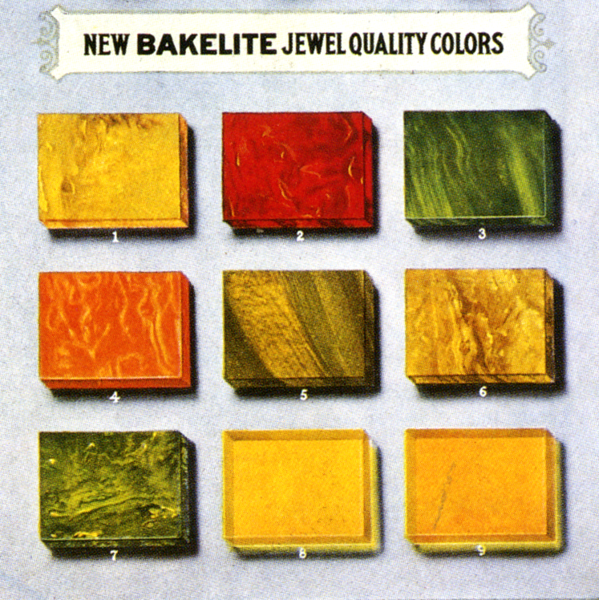
Types of Plastics
About 80% of plastics produced globally are known as commodity plastics. These are most often used for products like packaging, food containers, and household products. Commodity plastics are often stamped with Resin Identification Codes (RICs), numbered 1-7 to represent the different types.
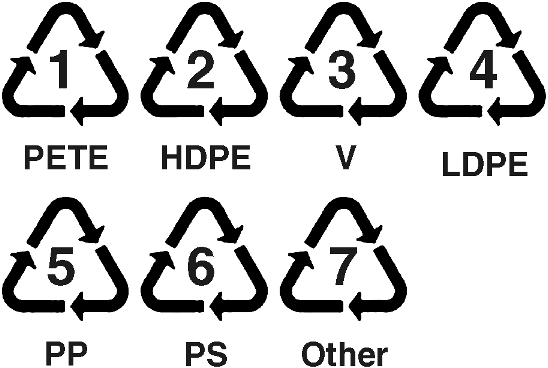
Other categories of plastic include engineering plastics (car parts, CDs, cooking utensils, etc.) and high-performance plastics (body armor, automotive and aerospace parts, fiber optic cables, etc.).
The Environmental Impacts of Plastic Waste
Plastic’s durability and resistance to degradation are beneficial features during the lifetime of a plastic product. However, these features have made plastics a major environmental concern. Every year, about 20 million metric tons of plastic end up in the environment. Although plastic can break down into small or even microscopic pieces, this does not mean that it goes away. Microplastics, defined as plastic particles ranging in size from 1 μm to 5 mm, can remain in the environment forever. Microplastics have been found in every part of the globe, ranging from remote lands to deep oceans.
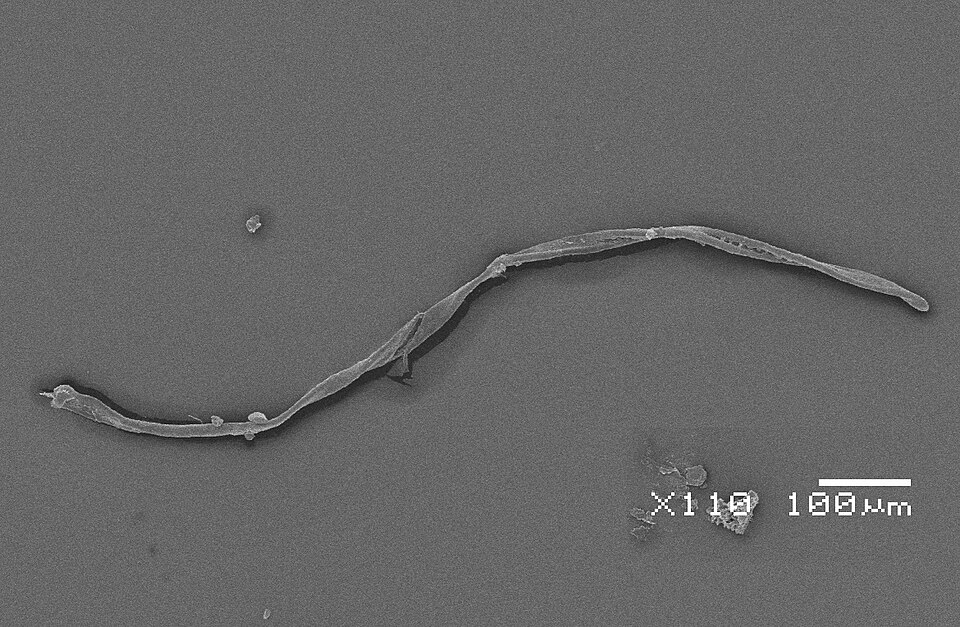
When it comes to plastic waste, many people think of items such as plastic straws, bottles, or single-use bags. But plastic waste can come from other sources as well. Approximately 35% of all marine microplastics come from synthetic textiles or clothing. Researchers estimate that about 10% of marine plastic pollution comes from lost or abandoned fishing gear. Cigarette filters, which are often made of plastic, also play a major role in pollution.

Plastic pollution can be damaging to wildlife as well as to humans. Animals can ingest plastics, which can cause them to choke or starve. They can also get tangled or trapped in plastic waste. The chemicals in plastics can seep into soil or water, which can impact life in a broader area. Because most plastics are made from petroleum-based chemicals, plastic production has many of the same concerns and environmental impacts as gas or oil production.
How Recyclable Are Plastics?
Some researchers estimate that over 8 billion metric tons of plastic have been produced worldwide since their invention in the early 1900s. As of 2018, only about 9% of this plastic had ever been recycled, and only about 1% had been recycled more than once.
The process of recycling plastics usually involves melting and reforming. For the best results, plastics must be recycled with plastics of similar types. Sorting plastics effectively is costly and requires quite a bit of energy and manpower. And even plastics of the same type can contain different additives such as dye or stabilizer, which means they cannot be recycled together. In addition, the high temperatures required to melt plastic can also cause them to degrade, making them unusable. Essentially, plastic recycling is often so expensive, laborious, and time-consuming that it becomes unprofitable. Most plastics end up in landfills, incinerators, or as litter.
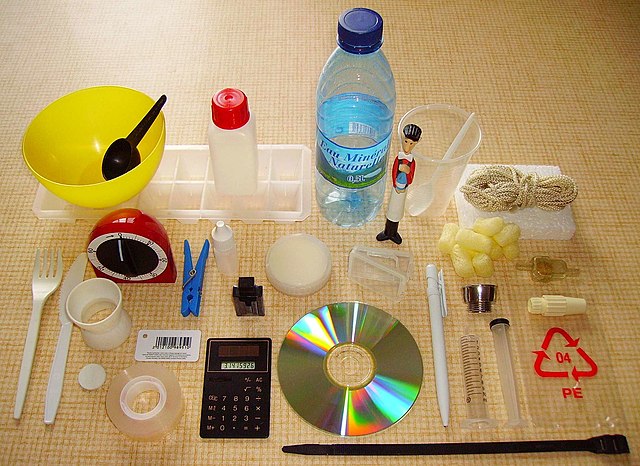
Every municipal recycling center has different capabilities when it comes to recycling plastic. Be sure to check with your local waste management authority before putting plastic in the recycling bin. Improperly sorted plastics can contaminate an entire batch of recycling and cause it to be sent to the landfill. Here in SLO County, plastics with RICs #1, 2, 5, and 7 can be recycled, as well as items like plastic food storage containers and yogurt cups. Items such as candy wrappers, cereal bags, and single-use plastics bags cannot be recycled. You can learn more at the SLO County Integrated Waste Management Authority website.

What Can You do to Help?
Because recycling plastic is not always effective, instead focus on reducing your use of plastic products. When purchasing something, consider going with a used version or a non-plastic alternative. Many plastic items, such as single-use bags, can be reused or repurposed many times. And be aware that many “eco-friendly” alternatives may not be as “green” as they seem. For example, some biodegradable plastics are made from petroleum and other chemicals. And many products that are labeled as biodegradable or compostable can’t actually be put into your municipal green waste bin. Be aware of “greenwashing” when buying new products, and do your research before making a purchase.
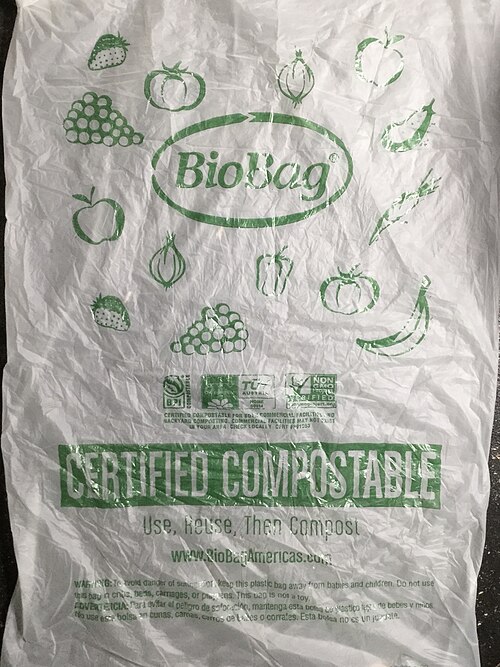
You can also help keep plastic out of the environment by picking up litter. Look for cleanups in your local area or host your own! The Estuary Program holds cleanups throughout the year. To learn more, visit our social media or newsletter.
Help us protect and restore the Morro Bay estuary!
- Donate to the Estuary Program today and support our work in the field, the lab, and beyond.
The Estuary Program is a 501(c)3 nonprofit. As a result, we depend on funding from grants and generous donors to continue our work. - Support us by purchasing estuary-themed gear from ESTERO. This locally owned and operated company donates 20% of proceeds from its Estuary clothing line and 100% of Estuary decal proceeds to the Estuary Program. Thank you, ESTERO!
- Purchase items from the Estuary Program’s store on Zazzle. Zazzle prints and ships your items, and the Estuary Program receives 10% of the proceeds.
- Subscribe to our seasonal newsletter: Between the Tides!
- We want to hear from you! Please take a few minutes to fill out this short survey about what type of events you’d like to see from the Estuary Program. We appreciate your input!